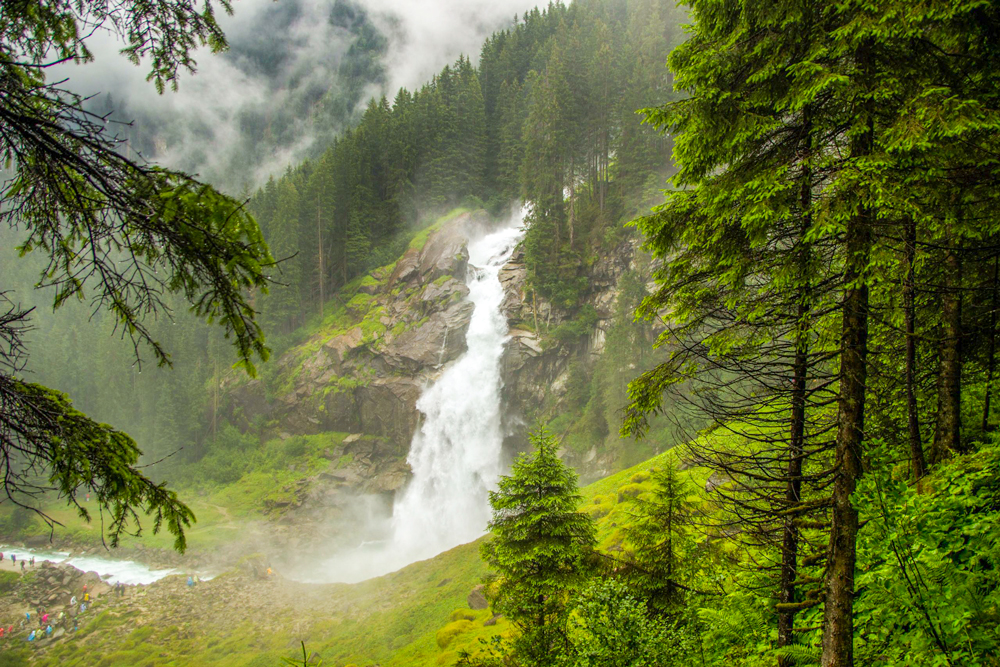Legends tell of carp transforming into a dragon by swimming up a waterfall called the Dragon Gate. The falls are believed to be located on the upper or middle reaches of the Yellow River in China. Some sources describe it as being 100 feet high, others as 1,000. Though measurements of the Dragon Gate differ, its ascent by even one carp in a thousand is unthinkable. They are either swept away by the current or fall prey to predators and fishermen lying in wait. It is only a carp that overcomes these challenges and perseveres that can ascend to become a powerful dragon.
Nichiren Daishonin, in a letter to a young disciple, uses the Dragon Gate to illustrate the pursuit of enlightenment, writing, “Attaining Buddhahood is no easier than … for carp to climb the Dragon Gate.”[1] Based on this passage, Ikeda Sensei explains that persevering in faith in the evil age of the Latter Day of the Law[2] “is like swimming upstream against a powerful current.”[3]
Sensei writes:
Precisely because it is so difficult to carry out faith in the Mystic Law in such an age, the bond of mentor and disciple in Buddhism takes on decisive importance. … The Soka Gakkai possesses the bond of mentor and disciple that is strong enough to withstand any adversity. … Moreover, countless members, like magnificent dragons born through the triumphant ascent of the waterfall, are leading lives of profound dignity and confidence forged through continually challenging themselves in their faith and self-development.[4]
—Prepared by the World Tribune staff
References
- “The Dragon Gate,” The Writings of Nichiren Daishonin, vol. 1, p. 1002.
- The evil age of the Latter Day of the Law: An age after the Buddha’s passing when people, deluded about the truth of life, are ruled by the three poisons of greed, anger and foolishness and led astray from the correct teaching.
- The Hope-filled Teachings of Nichiren Daishonin, p. 120.
- Ibid.
You are reading {{ meterCount }} of {{ meterMax }} free premium articles

